Six reasons why electronic groupsets are better than mechanical
There's more reason than ever to switch from cables to wires

They may only have been around for that long, but electronic groupsets are now pretty much ubiquitous in the professional peloton. Shimano Dura-Ace Di2, Campagnolo Super Record EPS, and SRAM Red eTap sit at the top of the electronic tree, but there is now a growing array of cheaper electronic groupsets out there for you to choose from.
But should you choose electronic over a standard mechanical groupset? Well, there are plenty of reasons to stick with mechanical, but here's the argument to take the plunge and choose wires instead cables.
1. The shifting is better
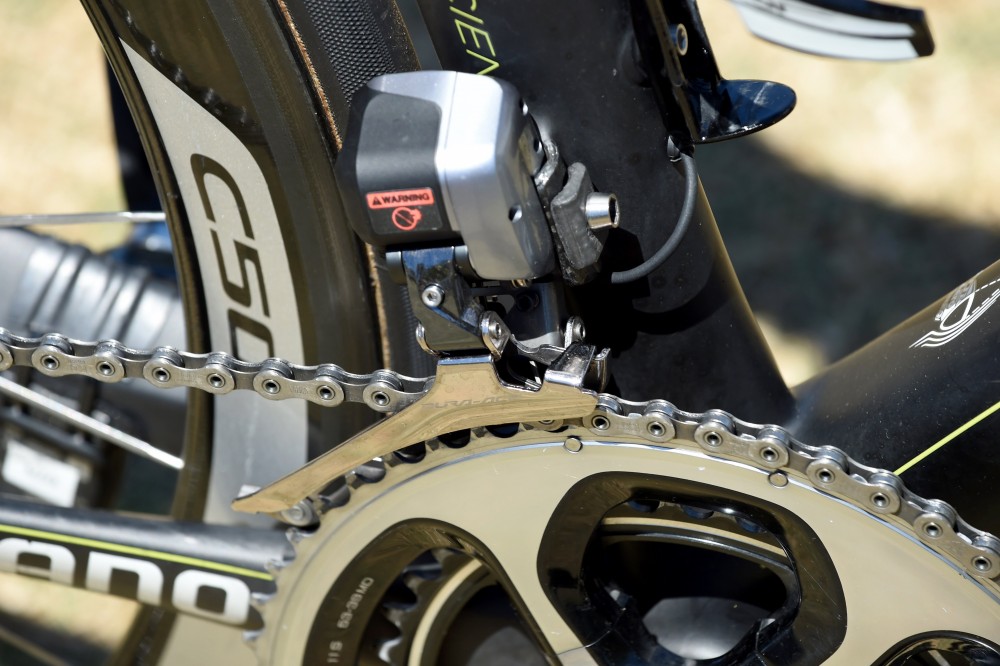
The main thing you look for from any groupset is sharp and precise shifting, and it's hard to argue that electronic groupsets offer anything other than that. Yes, the top of the range mechanical groupsets have gone through years of evolution to get to their current level of performance, but in just a few years electronic groupsets have taken things to the next level.
>>> Are electronic groupsets necessary?
Putting a motor in the front derailleur means it has more power, so it can shift better under heavy load, requiring only the tap of a button rather than the shove of a lever to shift. The difference isn't quite as big with the rear derailleur, but this is still incredibly quick and very precise.
2. You can shift through multiple gears

Ok, so the top few tiers of the Campagnolo mechanical groupset ladder can also shift through multiple gears with one prod of the lever, but this feature is now standard on electronic groupsets in a way that it isn't with mechanical.
>>> Six things no one ever told you about Shimano Di2
The latest race content, interviews, features, reviews and expert buying guides, direct to your inbox!
While you're not going to be going straight from the 28 to the 11 all that often, it is still a really nice feeling to be able to skip through two or three gears when opening up an attack or when cresting the brow of a hill, while the extra power of the rear derailleur means you can do this under load too.
3. You can put shifters everywhere
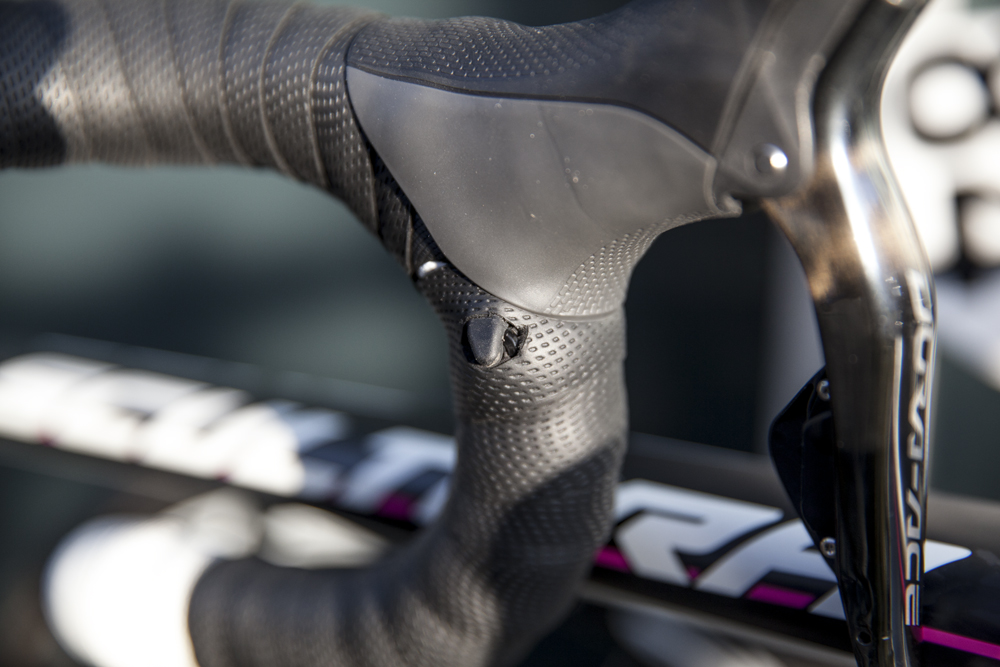
With mechanical groupsets you can only have one set of shifters placed in the normal position, but with electronic groupsets you can have lots more shifters to allow you to change gear easily wherever your hands are on the handlebars.
>>> SRAM eTap vs Di2: which is better?
Shimano Di2 is probably the best for this, allowing you to put up to three sets of shifters on your bike. That means that as well as the standard shifters you can have sprint shifters on the inside of the drops so you can change up and down with the rear derailleur when riding with your hands low in the drops, and climbing shifters on the back of the bars by the stem so you can shift when climbing with your hands on the tops.
Watch: SRAM Red eTap review
4. They're great for time trials
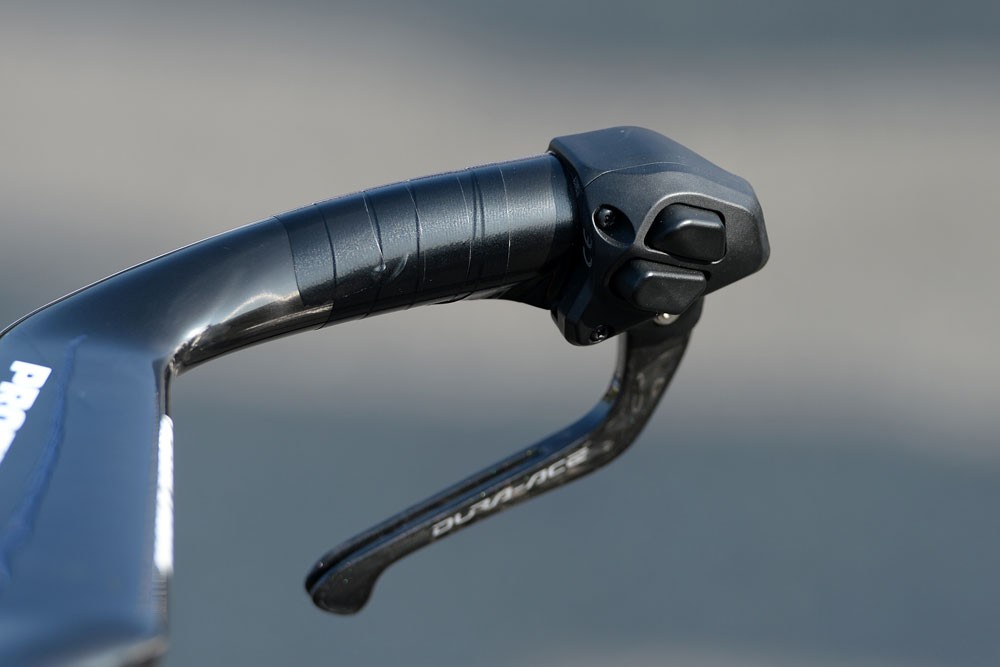
All those remote shifters mean that electronic groupsets are the perfect choice when it comes to time trialling, particularly if you're riding a particularly technical or hilly course, as you can put shifters by the brakes as well as at the end of the aero bars, letting you shift down when coming into corners or when climbing out of the saddle.
>>> Review: Shimano Ultegra Di2 (video)
Probably the ultimate endorsement for the use electronic gears in time trials comes from Fabian Cancellara, the four-time world time trial champion, who has switched to using electronic gears on his time trial bike, while steadfastly sticking with mechanical gears on his road bike.
5. They're less susceptible to the elements
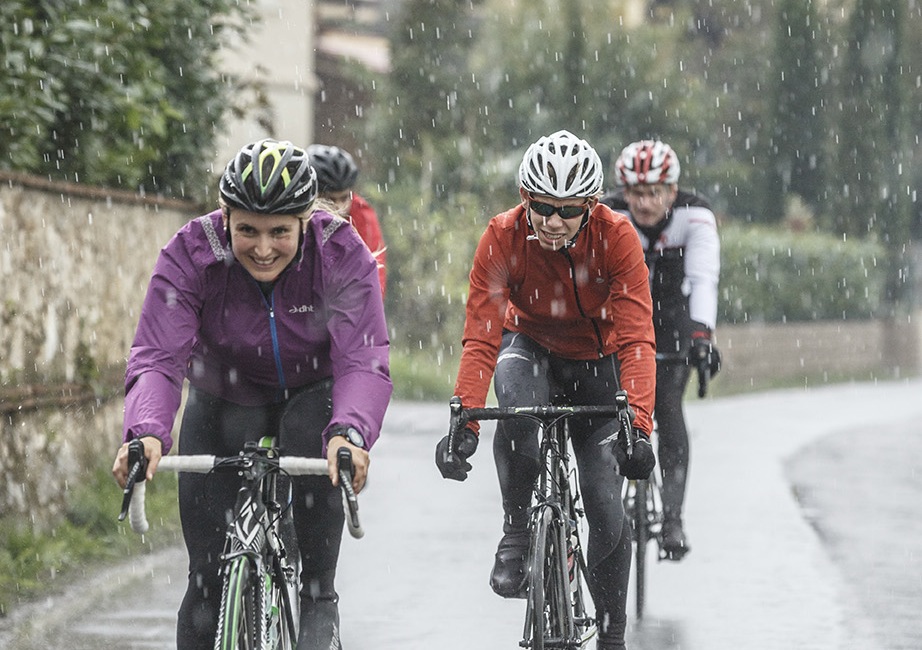
Ok, in their early days, electronic groupsets didn't cope too well in wet conditions, with the first version of Campagnolo EPS in particular struggling when the rain began to fall. However since then things have got a lot better, to the point where electronic groupsets are probably better than mechanical groupsets.
>>> Are you using your bike's gears efficiently?
That's because all the cables are sealed (or in the case of SRAM Red eTap, they're not there at all), while the cables of mechanical gears are left open to the elements, meaning that they can wear out over time.
6. You can connect them to your Garmin
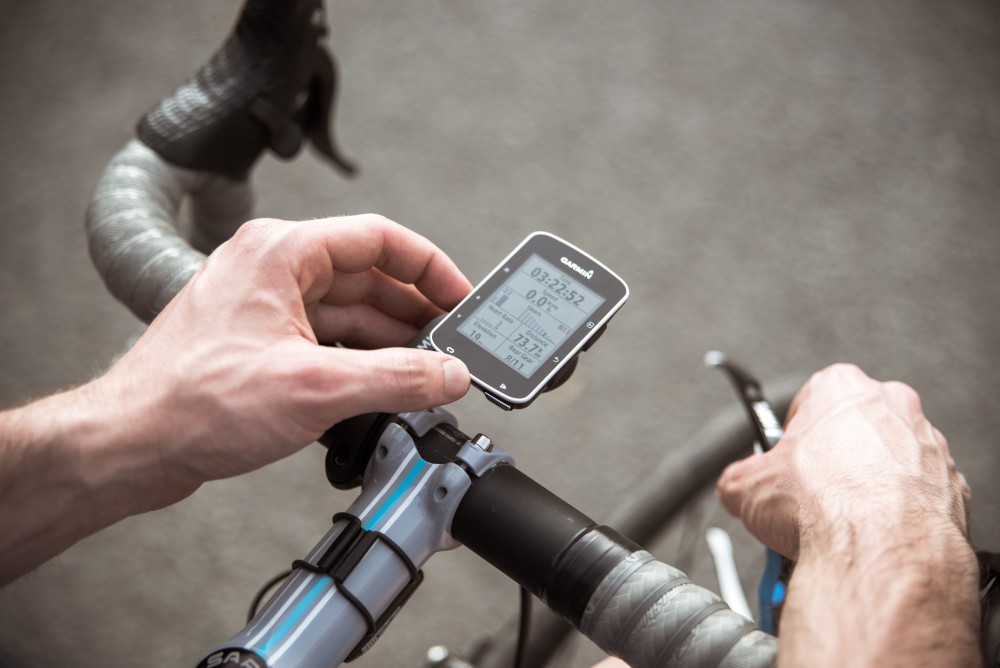
If you're going to have gadgets galore on your bike, then you might as well have them all talking to each. That means that you can connect your electronic groupset to your Garmin, so you'll be able to see on the screen what gear you're in and how much battery life you've got left, while if you're using Shimano Di2, you can even switch between screens on your Garmin using the secret buttons on the top of the hoods. Genius.
Add in to that the fact that you can also connect your Di2 or EPS groupset to your computer (or smartphone using the MyCampy app) letting you play around with things such as the speed of shifting and button configuration, so you can have your groupset set up in whatever way you desire.
Henry Robertshaw began his time at Cycling Weekly working with the tech team, writing reviews, buying guides and appearing in videos advising on how to dress for the seasons. He later moved over to the news team, where his work focused on the professional peloton as well as legislation and provision for cycling. He's since moved his career in a new direction, with a role at the Department for Environment, Food and Rural Affairs.